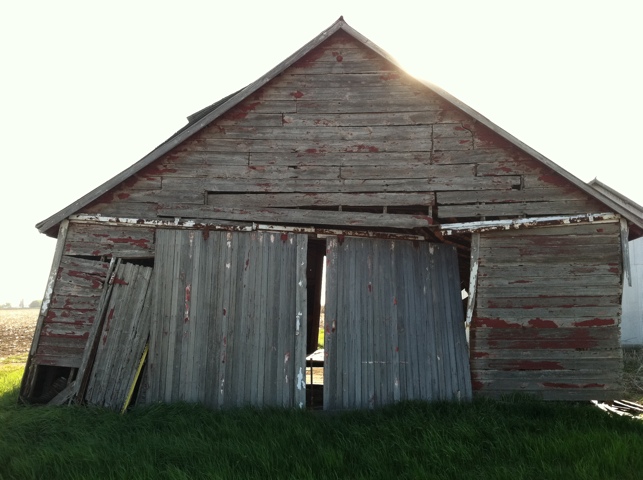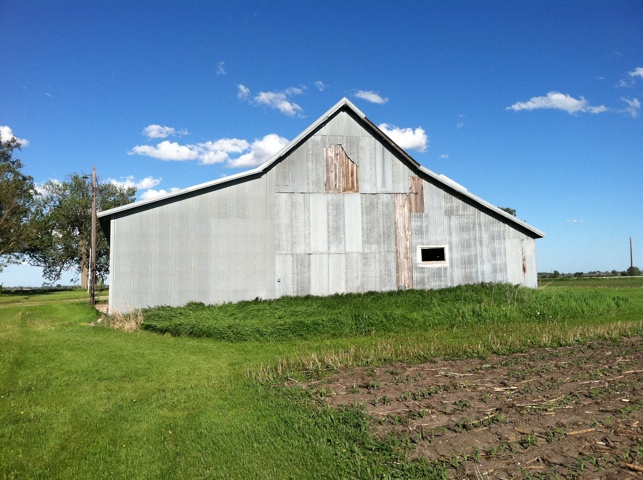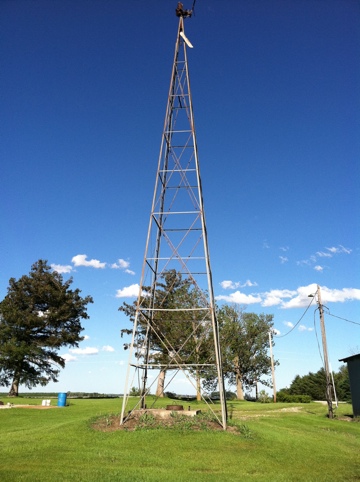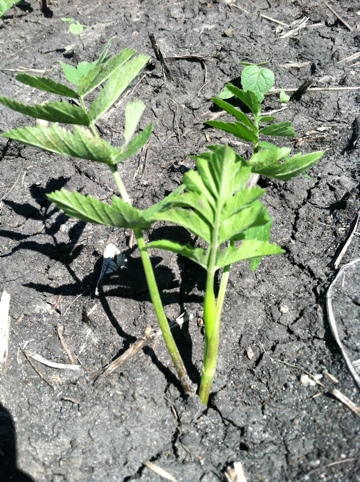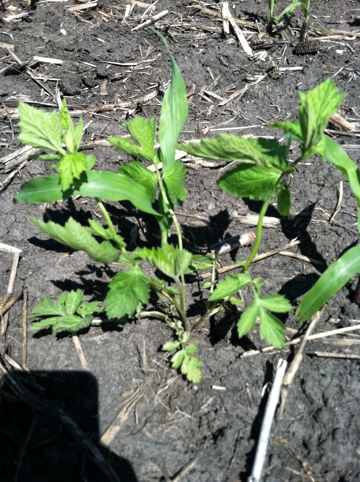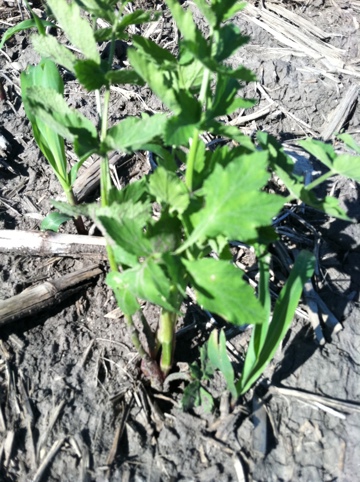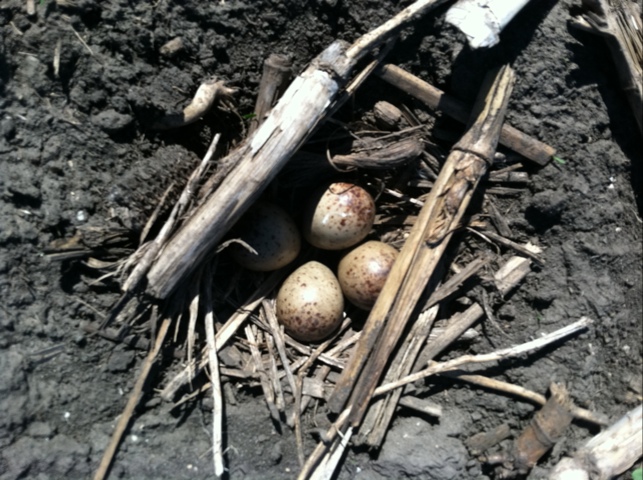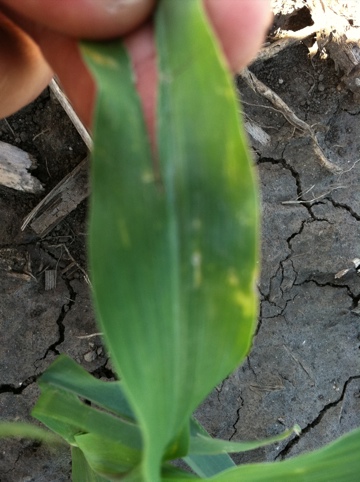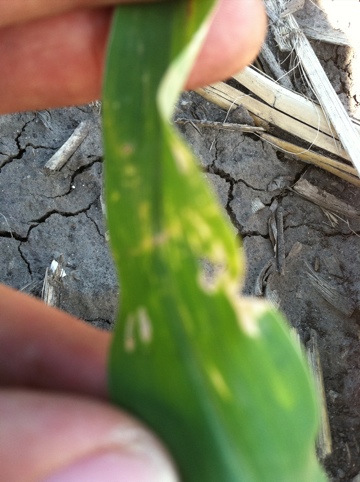As part of my winter schooling of what’s new in Ag, I am attending the On-Farm Network’s annual conference. We were part of their nutrient benchmarking trials last year. In a previous post, I showed some of our stalk and leaf samples that I entered into the trials.
At the conference, we are going over the information of the trials and learning about nitrogen management, herbicide resistance weeds, micro-nutrient management, and updates on what works, what doesn’t anymore and what are possibilities for the future.
Tonight, a professor of weed science from the University of Tennessee, just told us that there is a major glyphosate resistant weed issue going on in the southern states. He mainly studies pigweed, giant ragweed and waterhemp, the three main problem weeds in NE Iowa. He says that we can either pile on the herbicides to control them because one or two passes of herbicides will not work anymore OR as he says it, “break out the hoes”!
When I left Iowa in 1993, walking beans and cultivating was still common practice to control weeds. When I would come back to visit, I was amazed at how clean the fields were in terms of having no weeds. I asked my dad how fields got so clean and he said, “glyphosate!”. I am back in Iowa, on the farm, and now they are telling me I have to start walking beans again.
